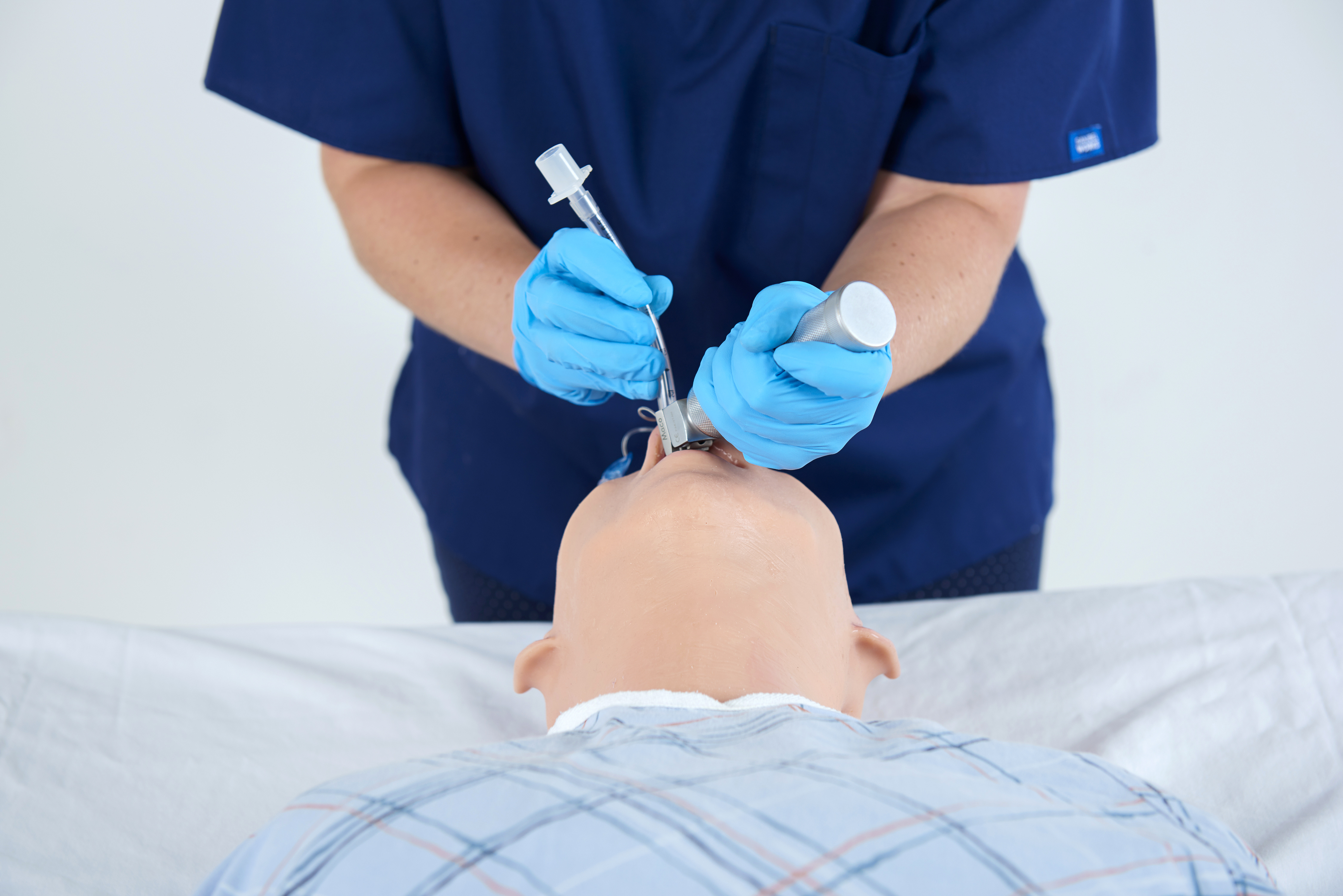In creating ALEX, we asked professionals like yourself: What physiological features do you really want in your patient simulators?
The answer was, predictably, “It depends.”
We’ve learned that, depending on the participants’ skill level and learning objectives, most simulation sessions never begin to utilize all the features of costly, high-fidelity simulators – but need more than the existing entry-level alternatives.
Guided by that invaluable feedback, features were carefully weighed, added or excluded to deliver a new-generation simulator engineered to provide the core physiology you really need. And at the same time, by eliminating unnecessary complexity, deliver added affordability, reliability and ease of use.
The ALEX Physiological Feature Set:
- Airway: Oral, digital, and nasal intubation, as well as all other standard airway procedures.
- Breathing: Moving chest in sync with set respiratory rate. Set various respiratory profiles with varying depth of breath.
- Circulation: Pulses (carotid x 2, brachial x 2, radial x 2 and pedal x 2): sensing touch and providing pulse sensation in sync with set heart rate and blood pressure.
- CPR: CPR abilities with metrics of chest compression force/depth and timing. Automatic detection and logging of CPR procedures.
- Sounds: Listen to normal or various abnormal lung/heart/bowel sounds and Korotkoff sounds using any stethoscope when attached to the included SmartScope™ accessory.
- Virtual Patient Monitor: Direct control of HR, RR, SpO2 and TEMP to set value and transition length.
- Waveforms: Normal and abnormal simulated cardio, respiratory and SpO2 waveforms in virtual patient monitor.
- BVM ventilation: Lifting chest and measuring and recording airflow over time when done during CPR.
- Blood Pressure: Measure blood pressure with analog sphygmomanometer.
ALEX is a mid-fidelity human patient simulator used by healthcare student during simulation-based training. For more information about ALEX, The Smart Simulator visit www.pcs.ai/alex. ALEX can be purchased through our partner NASCO Healthcare here.

